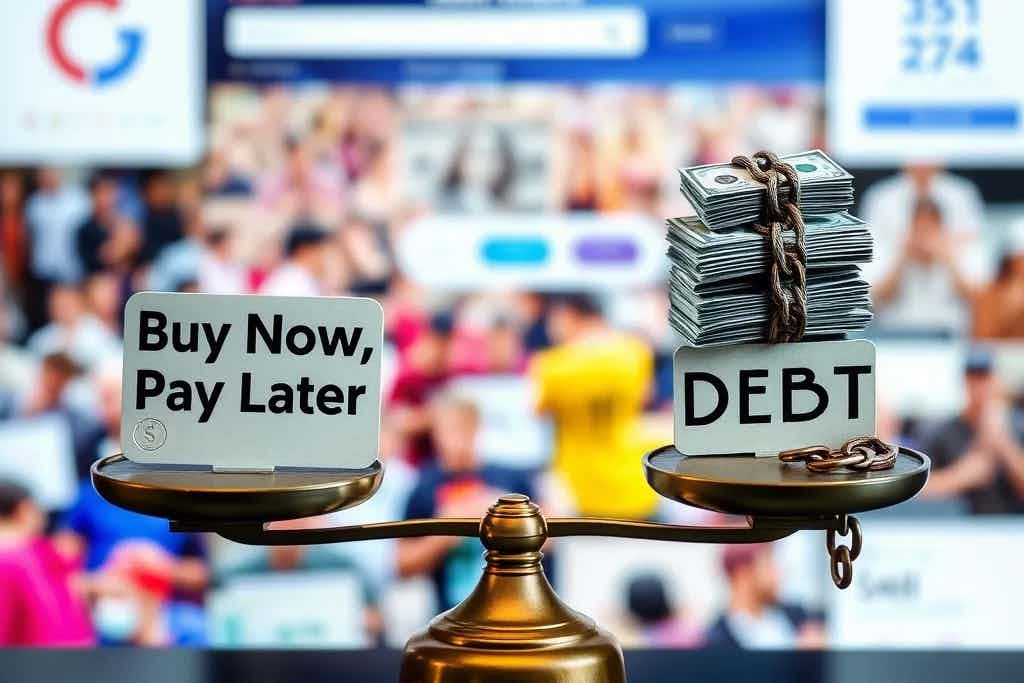In recent years, Buy Now, Pay Later (BNPL) services have exploded in popularity, offering consumers a seemingly attractive alternative to traditional credit cards. These services allow shoppers to split the cost of purchases into installments, often interest-free. While BNPL providers tout their offerings as a path to financial flexibility, critics warn of potential pitfalls. This article explores both sides of the debate, examining whether BNPL represents financial freedom or a debt trap in disguise.
The Rise of BNPL
BNPL services have seen meteoric growth, particularly among younger consumers. Companies like Affirm, Klarna, and Afterpay have become household names, partnering with major retailers to offer their services at checkout. The appeal is clear: instant gratification without the immediate financial burden.
Key Features of BNPL:
- Split payments into installments (usually 4)
- Often interest-free if paid on time
- Quick approval process
- Minimal or no credit check required
The Case for Financial Freedom
Proponents argue that BNPL services offer several benefits:
- Accessibility: BNPL makes purchases more manageable for those on tight budgets or with limited credit options.
- Interest Savings: When used responsibly, BNPL can be cheaper than credit cards, which often carry high interest rates.
- Cash Flow Management: Spreading out payments can help consumers better manage their cash flow.
- Credit Building: Some BNPL services report positive payment history to credit bureaus, potentially helping users build credit.
The Debt Trap Concerns
Critics, however, point to several potential dangers:
- Encourages Overspending: The ease of BNPL can lead consumers to make purchases they can't afford.
- Hidden Fees: Late payment fees can quickly add up, negating any interest savings.
- Lack of Regulation: BNPL services often fall into regulatory gray areas, potentially leaving consumers vulnerable.
- Credit Score Impact: Missed payments can negatively affect credit scores, and some argue that even on-time payments can impact debt-to-income ratios.
- Psychological Factors: The "buy now" mentality can foster poor financial habits and instant gratification seeking.
The Data Speaks
Recent studies have shed light on BNPL usage and its impacts:
- A 2021 Credit Karma survey found that 34% of BNPL users had fallen behind on payments.
- The same survey revealed that 72% of those who missed payments saw their credit scores decline.
- According to Accenture, the BNPL market is expected to reach $1 trillion in annual gross merchandise volume by 2025.
Navigating BNPL Responsibly
For consumers considering BNPL services, experts recommend:
- Read the Fine Print: Understand all terms, including late fees and interest rates.
- Budget Carefully: Ensure you can afford the payments within your existing budget.
- Limit Usage: Don't spread yourself too thin across multiple BNPL agreements.
- Consider Alternatives: Compare BNPL with other options like savings or traditional credit.
The Regulatory Landscape
As BNPL services grow, regulators are taking notice. In many countries, discussions are underway about how to properly oversee these services to protect consumers while fostering innovation.
Conclusion: A Double-Edged Sword
Buy Now, Pay Later services represent a financial innovation with both promise and peril. While they can offer flexibility and accessibility, they also carry risks of overspending and debt accumulation. The key lies in consumer education and responsible use.
As with any financial tool, BNPL is neither inherently good nor bad. Its impact depends largely on how it's used. For some, it may indeed offer a path to greater financial freedom. For others, it could become a slippery slope into debt. As the BNPL landscape continues to evolve, consumers, regulators, and providers must work together to ensure these services enhance rather than hinder financial well-being.
Ultimately, the question of whether BNPL represents financial freedom or a debt trap may have different answers for different individuals. What's clear is that this rapidly growing sector is reshaping consumer finance, for better or for worse.








